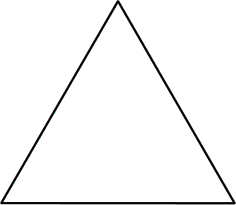14 NOV 2014 by ideonexus
 Science of a Second
Science of a Second
The old definition of a second was based on the rotation of the Earth. As it takes the Sun one day to rise in the east, set in the west and rise again, a day was almost arbitrarily divided into 24 hours, the hour into 60 minutes, and the minute into 60 seconds. However, the Earth doesn’t rotate uniformly. In fact, it’s rotation decreases at a rate of about 20 millionths of a second every calendar year due to tidal friction caused by the Moon.
Atomic time relies on the energy transition w...Folksonomies: measurement second
Folksonomies: measurement second
18 MAR 2013 by ideonexus
 The Geoscope
The Geoscope
Because the real planet Earth is revolving around its north-south polar axis, so, too, is mini-Earth. They are both thus revolving without effecting any change of the observed position of Polaris—the North Star—in respect to mini-Earth's north pole. Therefore, the observer at the center of the Geoscope feels spontaneously the celestial fixity not only of Polaris but also of all the other stars as seen outwardly through the Geoscope's triangular windows. Because outwardly of Geoscope's equ...An enormous proposed model of the Earth that would teach children their orientation on our planet. With such an understanding, the term "sunset" would be replaced with "sunclipse."
16 MAY 2012 by ideonexus
 Pendulum Moves East to West
Pendulum Moves East to West
The observations, so numerous and so important, of the pendulum as object are especially relevant to the length of its oscillations. Those that I propose to make known to the [Paris] Academy [of Sciences] are principally addressed to the direction of the plane of its oscillation, which, moving gradually from east to west, provides evidence to the senses of the diurnal movement of the terrestrial globe. Demonstrating the rotation of the Earth.




